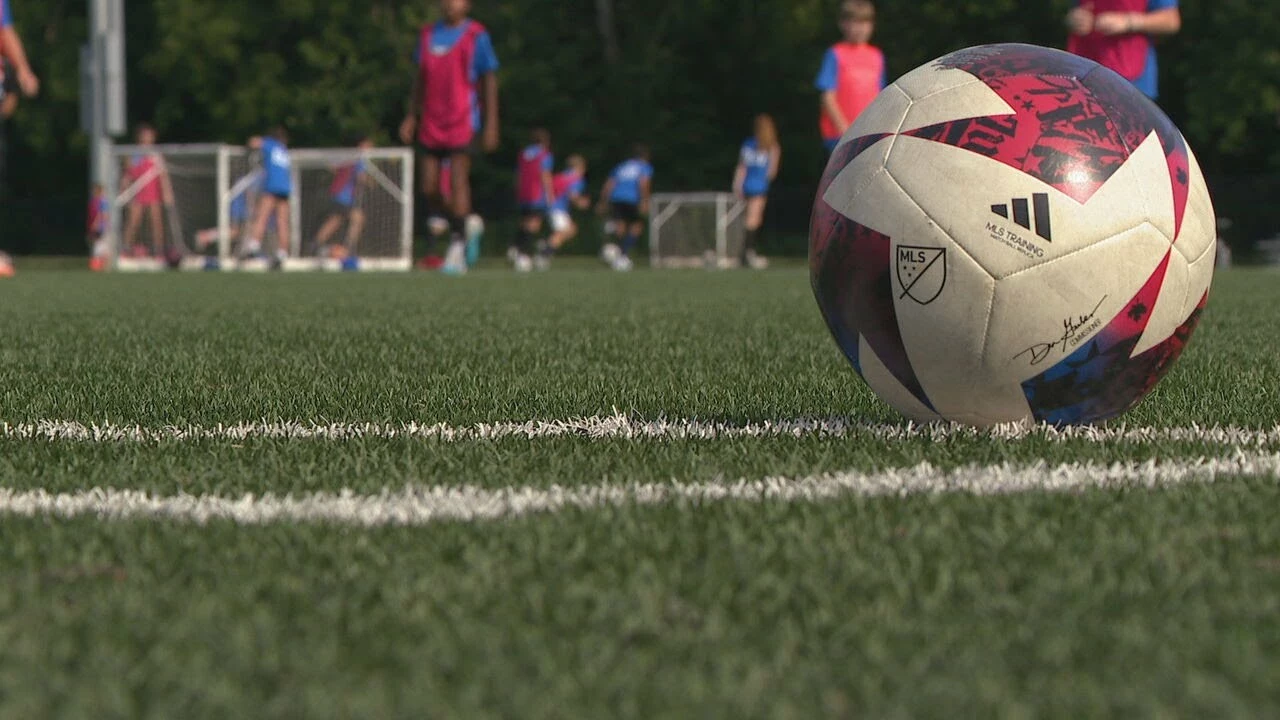Sports History
When talking about Sports History, the record of past games, athletes, and the evolution of rules that shape today’s play. Also known as athletic heritage, it helps fans understand why certain tactics still matter.
One key chapter in this record involves soccer, the world’s most popular team sport, played on a rectangular pitch with two goals. Also called football, soccer’s history is full of surprising moves, especially when teams decide that a draw serves their interests.
These draw deals are not random; they are a form of tournament strategy, planned actions teams use to advance in a competition without risking a loss. Also known as competition planning, such strategies often appear in group stages where a single point can secure qualification.
Understanding why a team might aim for a stalemate connects directly to the broader sports history narrative. The practice dates back to early World Cups, when points were scarce and goal difference mattered less. Those moments show how rule sets shape on‑field decisions, turning a simple draw into a tactical win.
Another recurring entity is football tactics, the organized patterns of movement and positioning used by teams to control a match. Often called game plans, tactics evolve as coaches learn from past successes and failures, making the study of historical matches essential for modern playbooks.
When we pair tournament strategy with football tactics, a clear semantic triple emerges: Sports History encompasses tournament strategy, and tournament strategy influences football tactics. This chain explains why a team might shift from aggressive pressing to defensive solidarity when a draw guarantees progress.
Fans often ask whether draws are polite gestures or calculated moves. The answer lies in the rules governing points, tie‑breakers, and the stage of competition. In 1990, for example, a group‑stage draw secured a spot for a team that had already won twice, freeing them to rest key players for the knockout round. Such instances illustrate how historical match outcomes, the final scores and consequences recorded in archives shape present‑day expectations.
By tracing these patterns, we see that sports history isn’t just a list of scores; it’s a toolbox of lessons. Coaches study past draw agreements to plan risk‑averse approaches, while analysts use archived tactics to predict future trends. This ongoing dialogue between past and present keeps the sport vibrant.
Below you’ll find a curated selection of articles that dig deeper into these topics. From classic cases of agreed draws to the evolution of tournament rules, each piece adds another layer to the rich tapestry of sports history. Ready to explore? Browse the collection and see how yesterday’s decisions still echo on today’s pitch.
